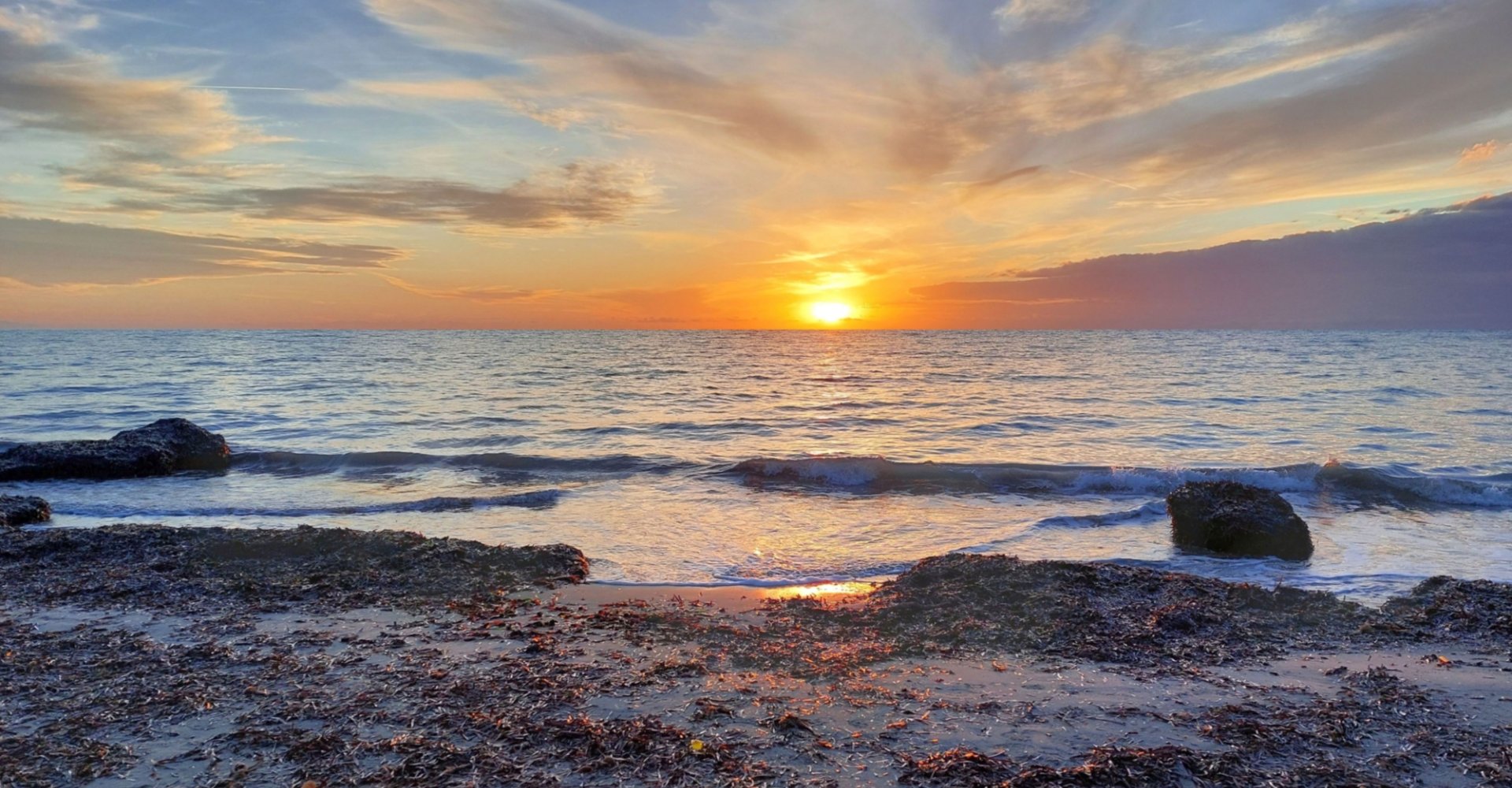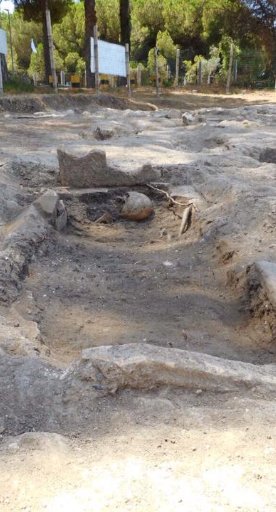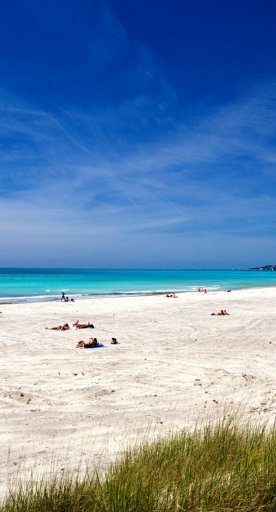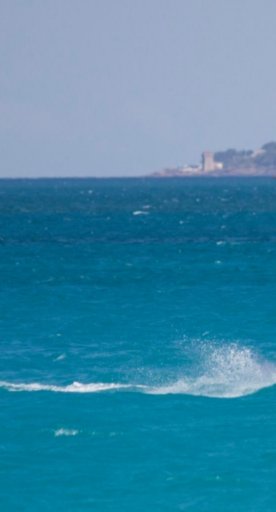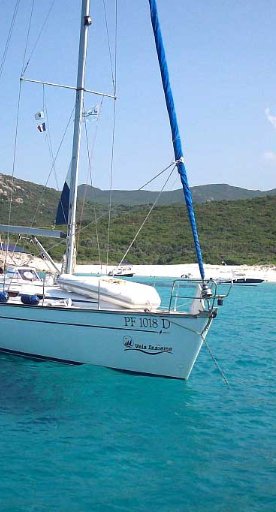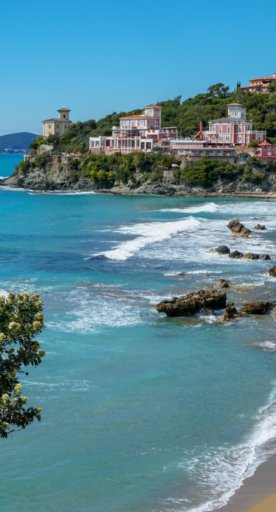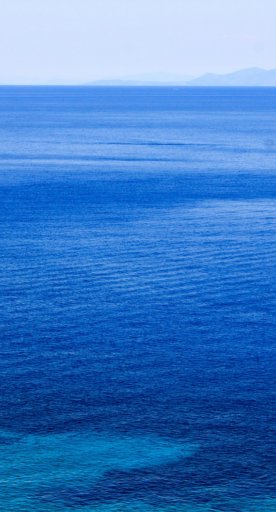Vada
Long beaches of white sand on the Etruscan Coast
Known for its long, white beaches of fine sand, Vada is a small town visited by tourists from all over the world. The unique colour of the sand is due to the calcareous materials used by the nearby chemical company Solvay, lending this coastline a touch of the tropical.
What to see in Vada
The shore, shaded by dense pinewood, alternates between a typical beach resort and great stretches of enchanting white sand.
The Vada Shallows are another area of sea that attracts fishing enthusiasts all year round. The Rada del Saraceno, the Pietra Bianca Pinewood, the Molino a Fuoco and the Mazzanta are known for being among the town's oldest corners.
Vada was in fact the historic natural harbour of Volterra and was documented as early as 330 B.C.E, and later by Cicero. It went on to become a refuge for Saracen pirates, whose presence is confirmed by terracotta pots and vases found on the seabed.
Important finds in the town of San Gaetano have revealed a substantial dock built in the second half of the 1st century A.D., as well as the ruins of some baths and a market.
Not far from Piazza Garibaldi - the heart of the town ever since the Habsburg-Lorraine era - is the impressive Renaissance watchtower, a fine example of 16th-century defensive architecture.
Vada is an ideal destination for lovers of watersports, such as windsurfing, being an important nautical centre and a little port for mooring boats.
The shore, shaded by dense pinewood, alternates between a typical beach resort and great stretches of enchanting white sand.
The Vada Shallows are another area of sea that attracts fishing enthusiasts all year round. The Rada del Saraceno, the Pietra Bianca Pinewood, the Molino a Fuoco and the Mazzanta are known for being among the town's oldest corners.
Vada was in fact the historic natural harbour of Volterra and was documented as early as 330 B.C.E, and later by Cicero. It went on to become a refuge for Saracen pirates, whose presence is confirmed by terracotta pots and vases found on the seabed.
Important finds in the town of San Gaetano have revealed a substantial dock built in the second half of the 1st century A.D., as well as the ruins of some baths and a market.
Not far from Piazza Garibaldi - the heart of the town ever since the Habsburg-Lorraine era - is the impressive Renaissance watchtower, a fine example of 16th-century defensive architecture.
Vada is an ideal destination for lovers of watersports, such as windsurfing, being an important nautical centre and a little port for mooring boats.
Nearby
The Etruscan Coast offers a vast range of activities thanks to its numerous trails that can be followed by foot, on horse or mountain bike, as well as a crystal clear sea only a few steps away from a dense pine forest and Mediterranean scrub. Suvereto, a medieval village between the hills and the sea, is unmissable as one of the most beautiful places in Italy.
There are also a huge variety of things to do as a family, such as visiting the archaeological mining park of San Silvestro where you can hop on the train leaving for the hidden depths of the mines.
The Etruscan Coast offers a vast range of activities thanks to its numerous trails that can be followed by foot, on horse or mountain bike, as well as a crystal clear sea only a few steps away from a dense pine forest and Mediterranean scrub. Suvereto, a medieval village between the hills and the sea, is unmissable as one of the most beautiful places in Italy.
There are also a huge variety of things to do as a family, such as visiting the archaeological mining park of San Silvestro where you can hop on the train leaving for the hidden depths of the mines.
Events
The event Vada sull’Aia is always celebrated at the end of June. The folk festival is rooted in its peasant origins, with the area’s delicacies such as panzanella (a salad made primarily from bread, onions and tomatoes) and zuppa contadina (peasant soup) all on offer. You can also have a go at wheat threshing with the classic threshers and tractors used at the time. It’s a huge countryside celebration with attracts a vast number of tourists each year, all of whom are able to discover old crafts and peasant traditions.
The event Vada sull’Aia is always celebrated at the end of June. The folk festival is rooted in its peasant origins, with the area’s delicacies such as panzanella (a salad made primarily from bread, onions and tomatoes) and zuppa contadina (peasant soup) all on offer. You can also have a go at wheat threshing with the classic threshers and tractors used at the time. It’s a huge countryside celebration with attracts a vast number of tourists each year, all of whom are able to discover old crafts and peasant traditions.
